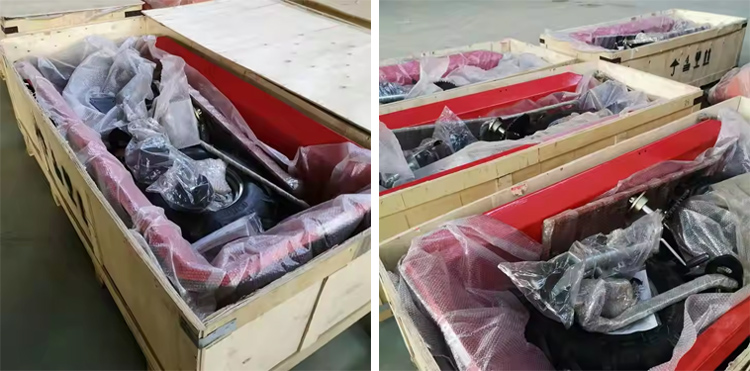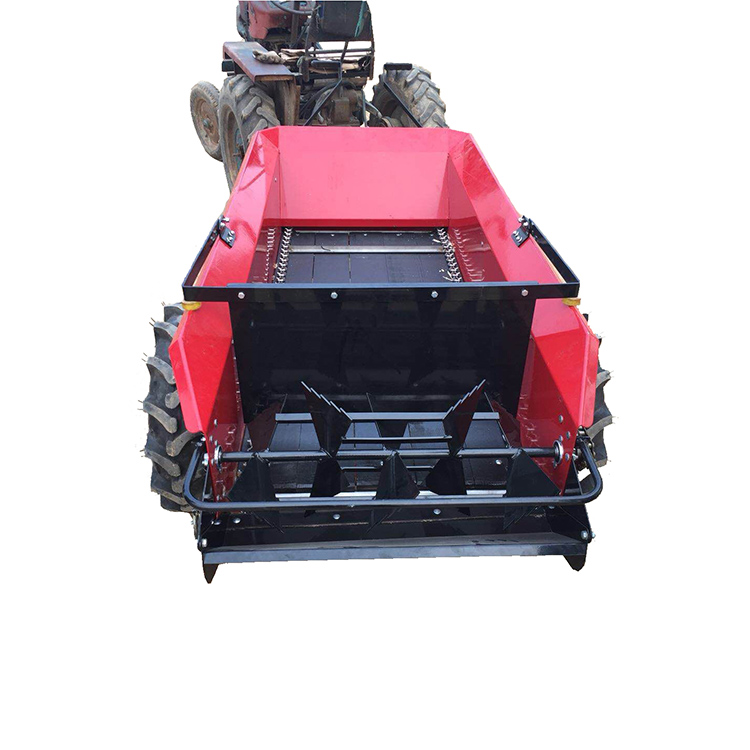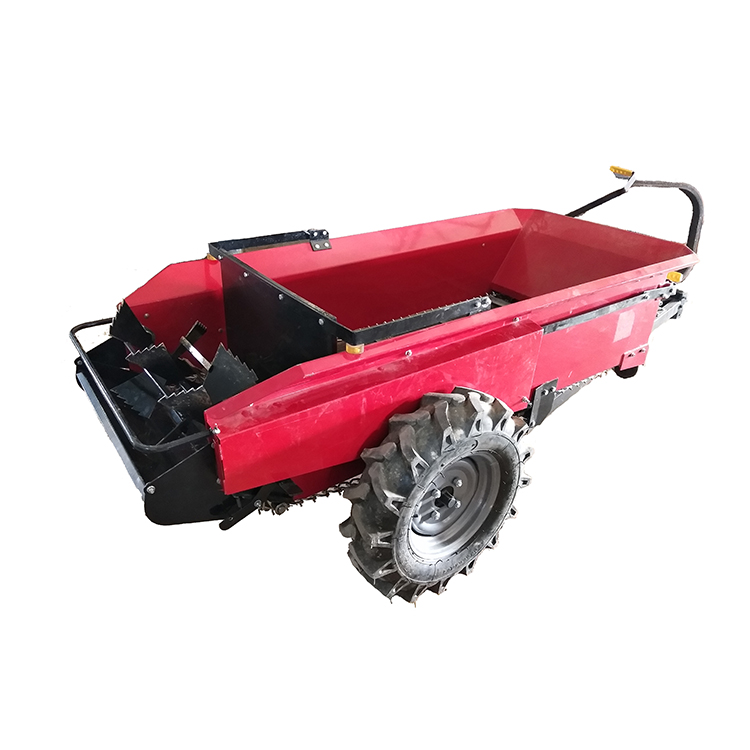
 English
English  Español
Español Português
Português русский
русский Français
Français 日本語
日本語 Deutsch
Deutsch tiếng Việt
tiếng Việt Italiano
Italiano Nederlands
Nederlands ภาษาไทย
ภาษาไทย Polski
Polski 한국어
한국어 Svenska
Svenska magyar
magyar Malay
Malay বাংলা ভাষার
বাংলা ভাষার Dansk
Dansk Suomi
Suomi हिन्दी
हिन्दी Pilipino
Pilipino Türkçe
Türkçe Gaeilge
Gaeilge العربية
العربية Indonesia
Indonesia Norsk
Norsk تمل
تمل český
český ελληνικά
ελληνικά український
український Javanese
Javanese فارسی
فارسی தமிழ்
தமிழ் తెలుగు
తెలుగు नेपाली
नेपाली Burmese
Burmese български
български ລາວ
ລາວ Latine
Latine Қазақша
Қазақша Euskal
Euskal Azərbaycan
Azərbaycan Slovenský jazyk
Slovenský jazyk Македонски
Македонски Lietuvos
Lietuvos Eesti Keel
Eesti Keel Română
Română Slovenski
Slovenski मराठी
मराठी Srpski језик
Srpski језик
- Boom Sprayer
- Air Blast Sprayer
- Lawn Mower
- Wheel Rake
- Land Leveler
- Fertilizer Spreader
- Manure Spreader
- Seeder Machine
- Agricultural Machinery Transmission Shaft
- Plow
- Automatic Roll Tube Sprayer
- Gear Pumps
- Hydraulic Valve
- Bundled Straw Net
- Tractor Flail Mower
- Seedling Killing Machine
- Rotary Rake
- Rake Sun
- Ridging Machine
- Rotary Tiller
PTO Manure Spreader
Send Inquiry
PTO manure spreader plays an important role in farm management to fertilize and nourish the land. These machines are robust and can handle large amounts of organic fertilizer, making them especially useful for large farms and commercial farmers.
Capacity and structure:
Housing size and load capacity
The box size of the spreader is generally between 300 and 600 cubic feet, mainly depending on the farm needs but also can provide farmers with specific needs. How much can be loaded is also very important, usually calculated in tons. If your farm has a lot of fertilizer and a large field, choose one that can hold more, so that it can be scattered in one trip, and you don't have to stop to fill the manure, which is easy and efficient, and can ensure that the field is fertilized in time.
Robust frame and axle design
And the frame and the axles, they need to be solid. The PTO manure spreader has to pull heavy manure, and it has to walk uneven ground, and the frame is not strong. High strength steel frame is best, not easy to bend and not easy to twist. When full of manure on the slope or pothole, the frame should be stable. Axle design is also very important, series or three axles, so that the weight is more evenly distributed, so that the ground will not be too compact, good for the soil. The car is also stable, not easy to flip or skid.
Corrosion-resistant material
There's also corrosion resistance to consider. Manure has all kinds of chemicals and moisture in it, and it rots easily. So the spreader has to use a material that resists corrosion. Stainless steel is fine, especially in places that directly touch manure, such as hoppers and paving mechanisms. Some manufacturers also use special coatings or paints to block a layer between the metal and the manure, so that the PTO manure spreaders are more durable, last a long time, and are more cost-effective for farmers.
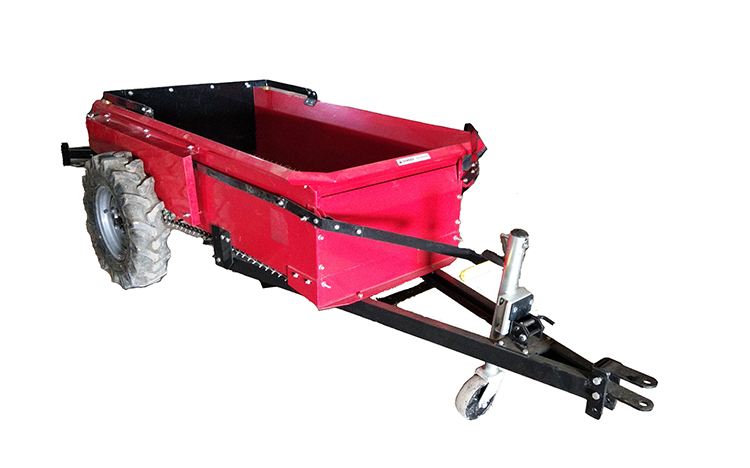
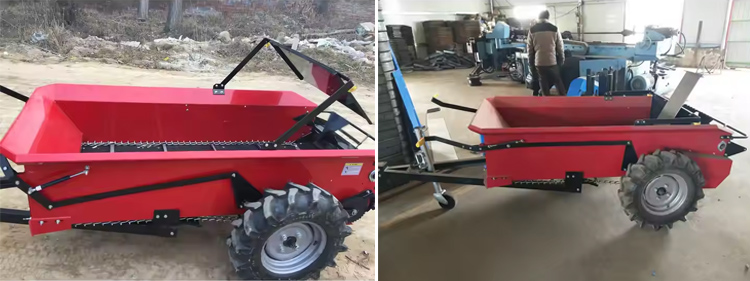
Communication mechanism: accurate and efficient
The pattern of spreading manure should be adjustable. The conditions in the fields and the needs of the crops are different, so manure is spread flexibly. Adjustable deflector plates and end doors are used for this purpose. The deflector can be placed diagonally to allow the manure to go in a particular direction; The end door? You can adjust the width, control how far. This is especially useful when spreading manure near the edge of the field, otherwise it may be bad for the environment. In some places where crops need more fertilizer, such as around seedlings or areas lacking nutrients, the adjustable fertilizer mode can accurately fertilize, and the fertilizer is also worthwhile.
The hydraulic system of the PTO manure spreader has many advantages over the old mechanical drive. First of all, the operation is more smooth, the hydraulic fluid has been flowing, the power is transmitted steadily, and the vibration and deadlock during operation are less. In this way, the machine performs better, the parts wear less, and the maintenance is easier. The hydraulic drive also allows you to run the manure in real time, which is very important. The density of manure is not the same, or different fields need different amounts of fertilizer, then it can be adjusted. The hydraulic system is also particularly durable, strong, and handles compacted or dense manure cleanly, making it reliable in all conditions.
Selecting the right PTO manure spreader is a crucial decision that can significantly impact your farm's productivity and soil health. By focusing on key features such as capacity, spreading mechanism, and operational efficiency, you can choose a spreader that meets your specific needs and provides long-term value. Remember to consider your farm's unique requirements and future growth plans when making your selection. If you want to get more information about this product, you can contact us at lucky@shuoxin-machinery.com.
